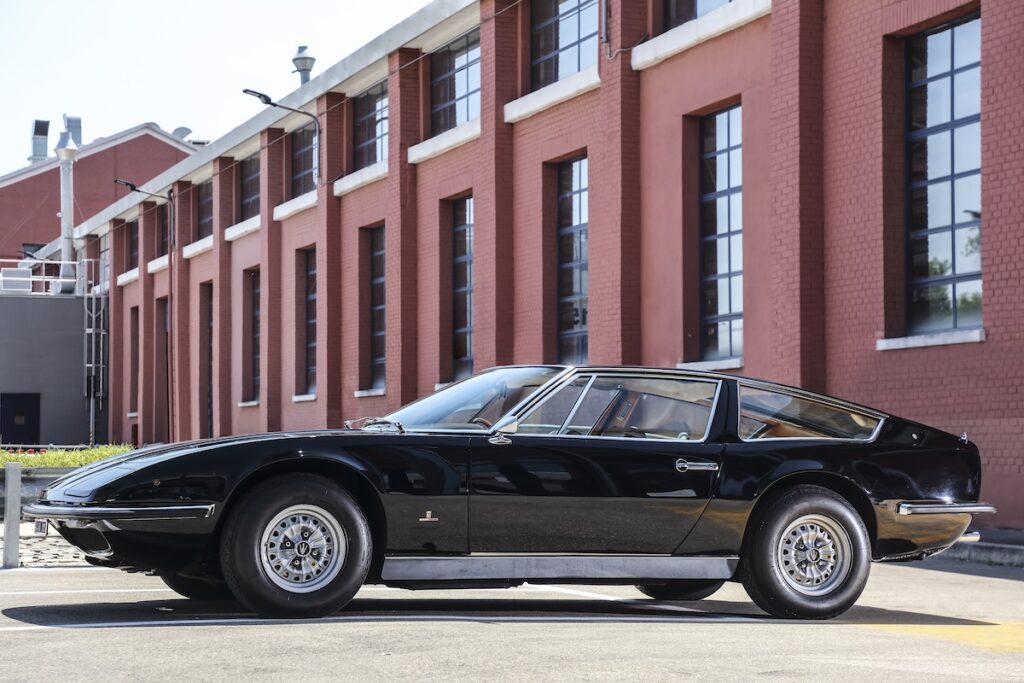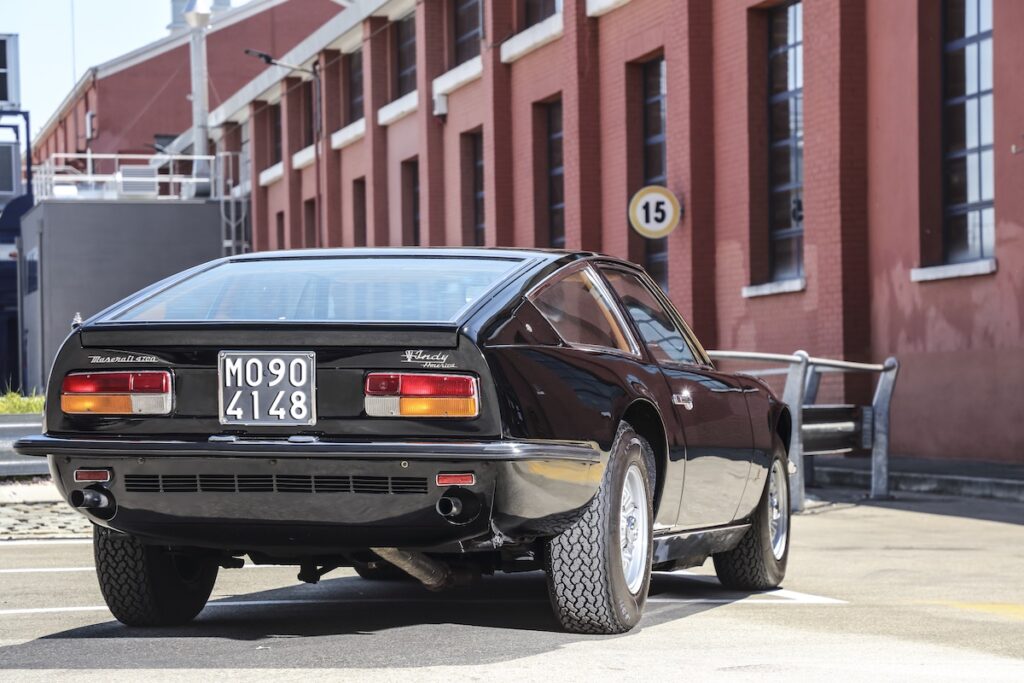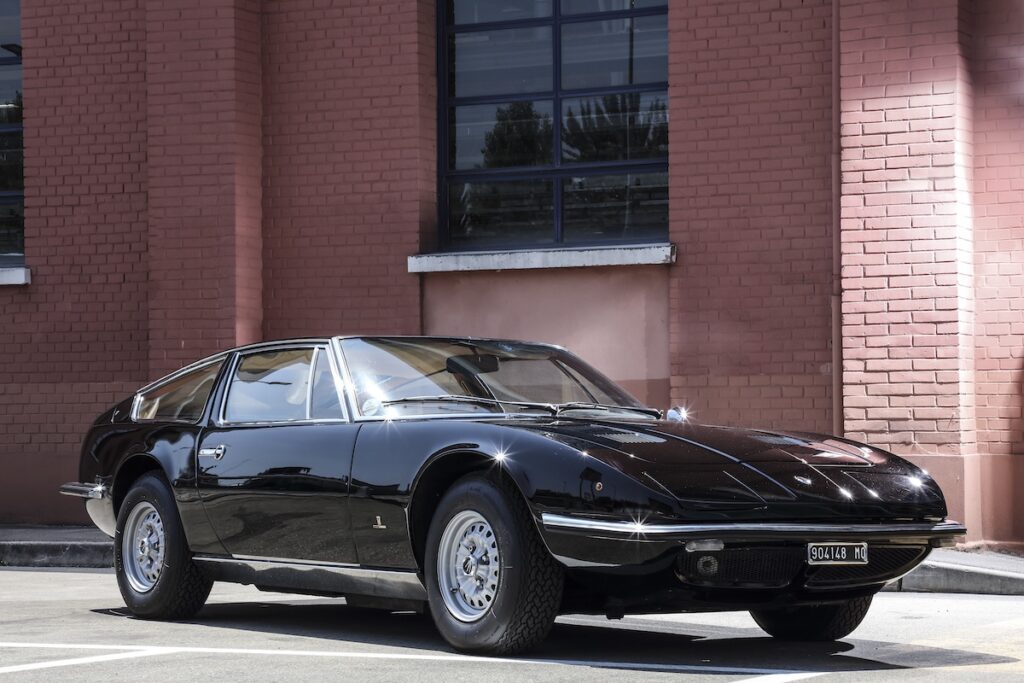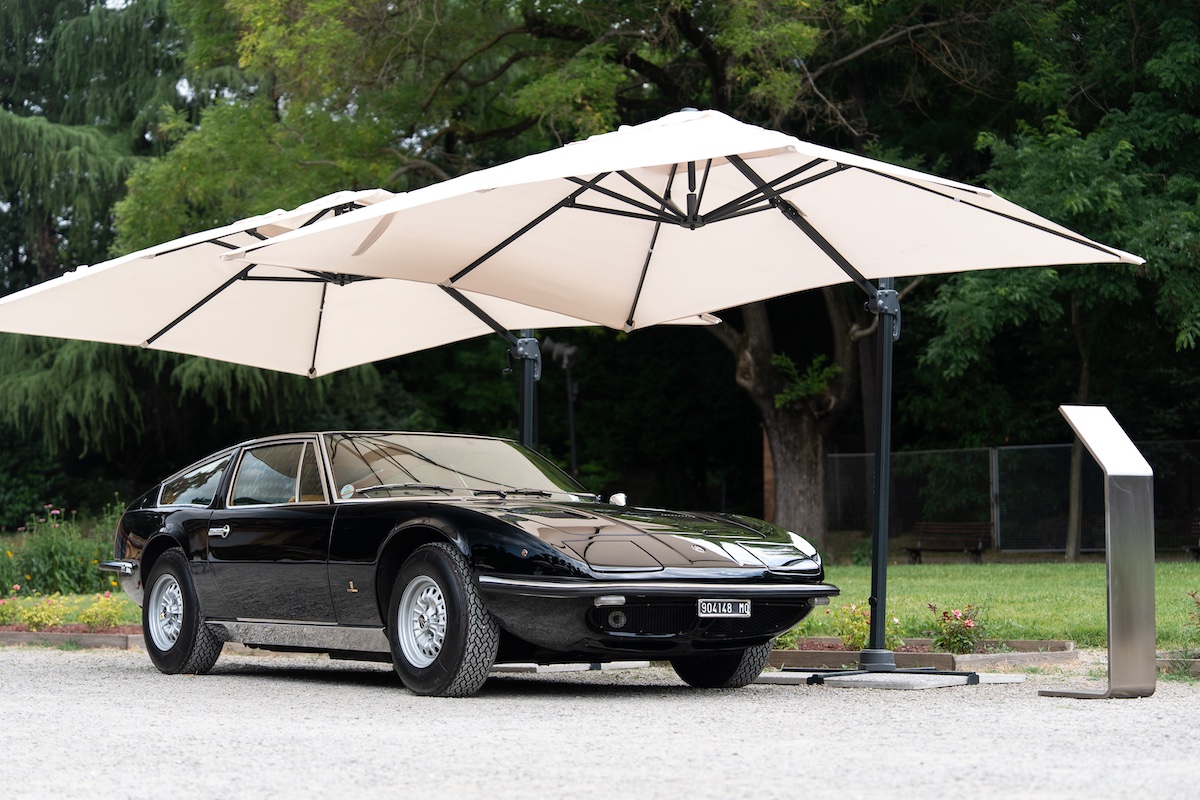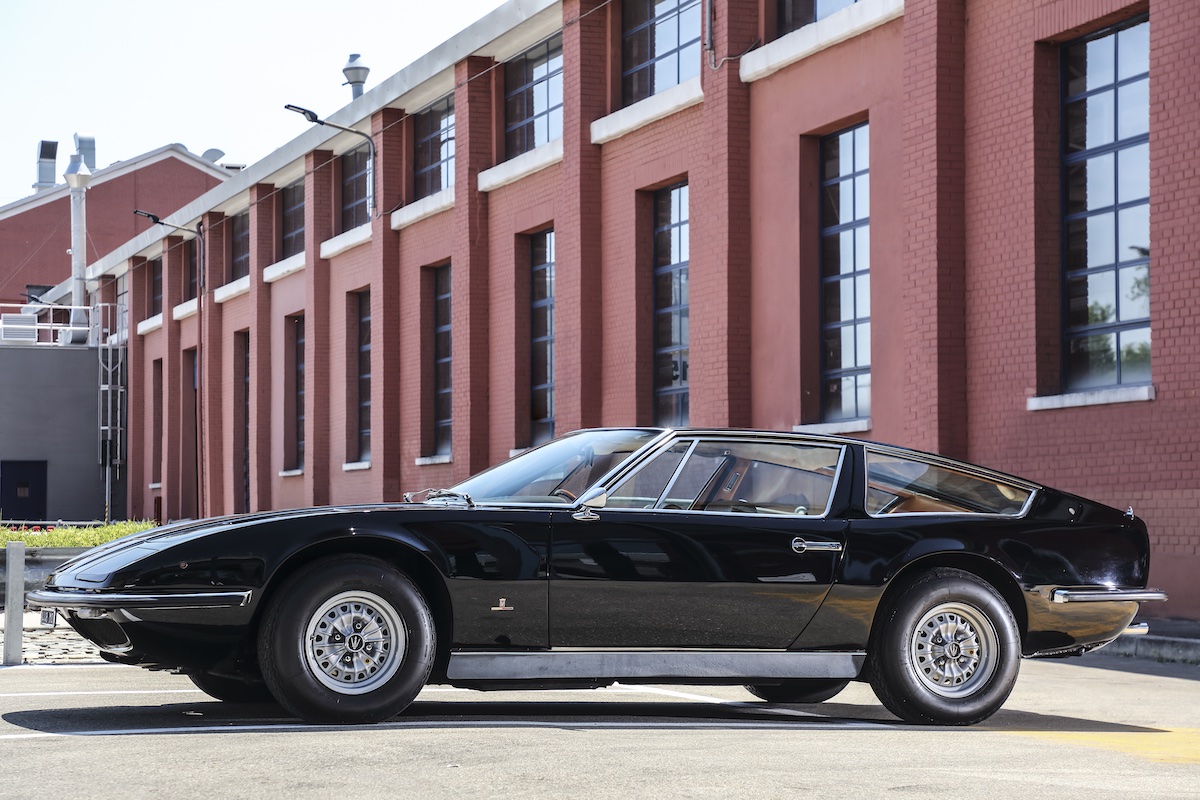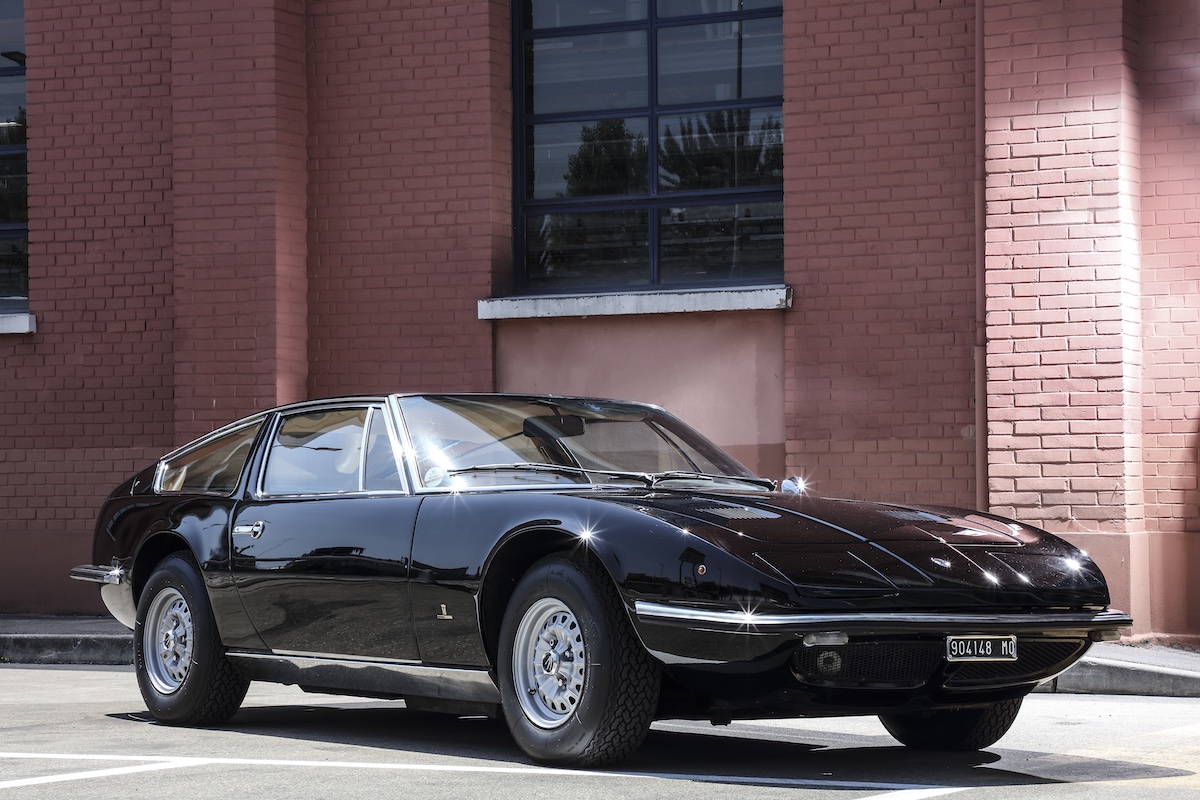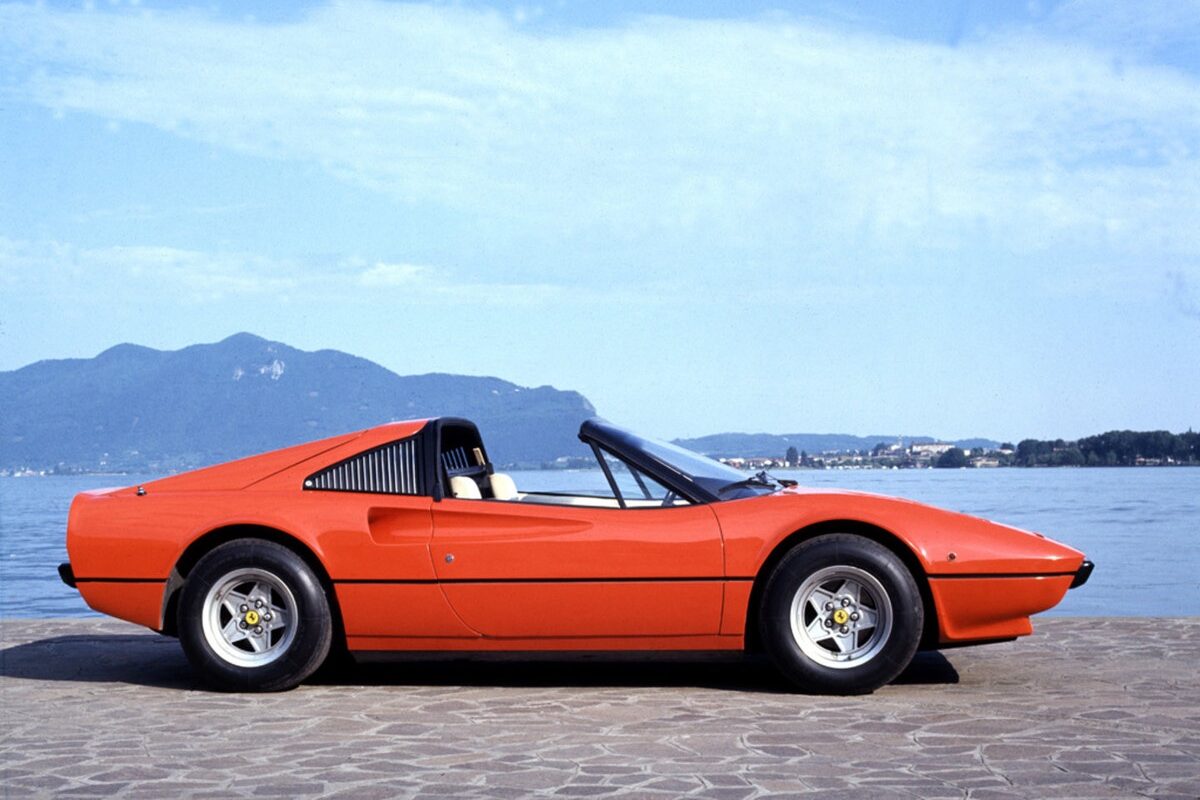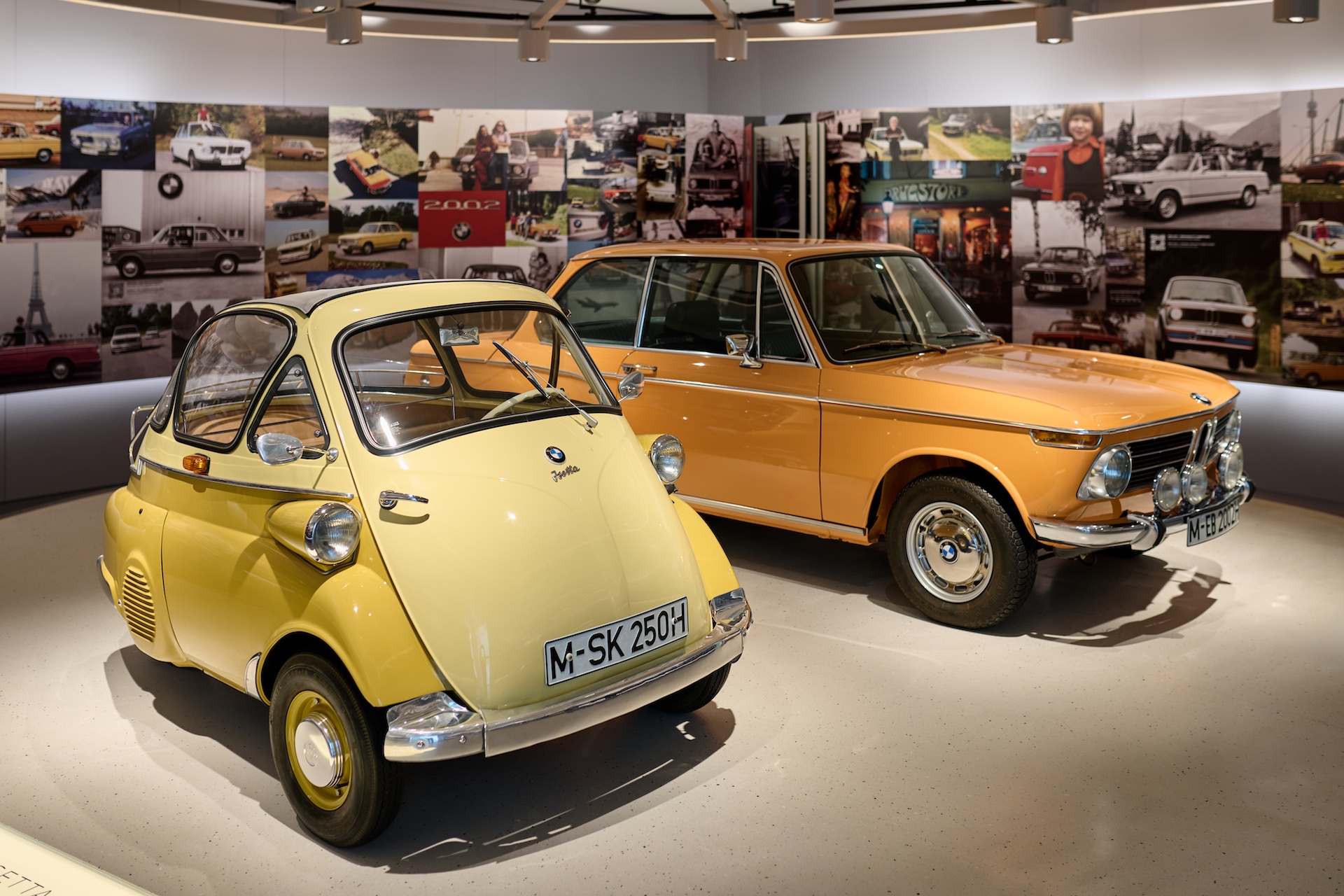For car-loving country kids in the 1960s and ’70s, a trip to the Big City offered the chance to stare out the window of the family Falcon, hoping to spot something exotic while begging dad to brave Saturday morning city traffic just to cruise slowly past the shopfronts of prestige dealer showrooms.
Maserati and Ferrari might in their homeland have been fierce rivals, but in Australia you would find examples of both brands displayed side-by-side, practically begging for youthful comparison of exotic swoops, curves and vents. Ferrari had its gorgeous Dino 246GT and brawny 365GTC at the time, while Maserati countered with the V8-engined Mexico and Indy.
The Indy design followed a trend set years earlier by the Ghibli with its long-nose and fastback shape. The Ghibli was larger and more expensive than the Indy, aspects that would be addressed once the Trident brand’s new 2+2 arrived.
The Indy was announced at the Turin Motor Show in 1968. It was unashamedly aimed at the North American market, with its name designed to commemorate the 30th Anniversary of Maserati’s famous 1939 and 1940 Indianapolis 500 wins.
At launch in 1969, the Indy replaced the equally shapely but slow selling Mistral, which was hampered by its inline six-cylinder engine and ageing chassis. Not that there was anything wrong with the engine per se, given that it was the last of the line of race-bred sixes that had powered the legendary 250F to victory in the 1957 World Championship, but perceptions had changed and V8s were very much the flavour of the day.
The Vignale-bodied Indy was expected to address this issue, powered as it was by a 4.2-litre V8 that had seen service in the heavier Mexico and that traced its lineage to the exotic 5000GT.
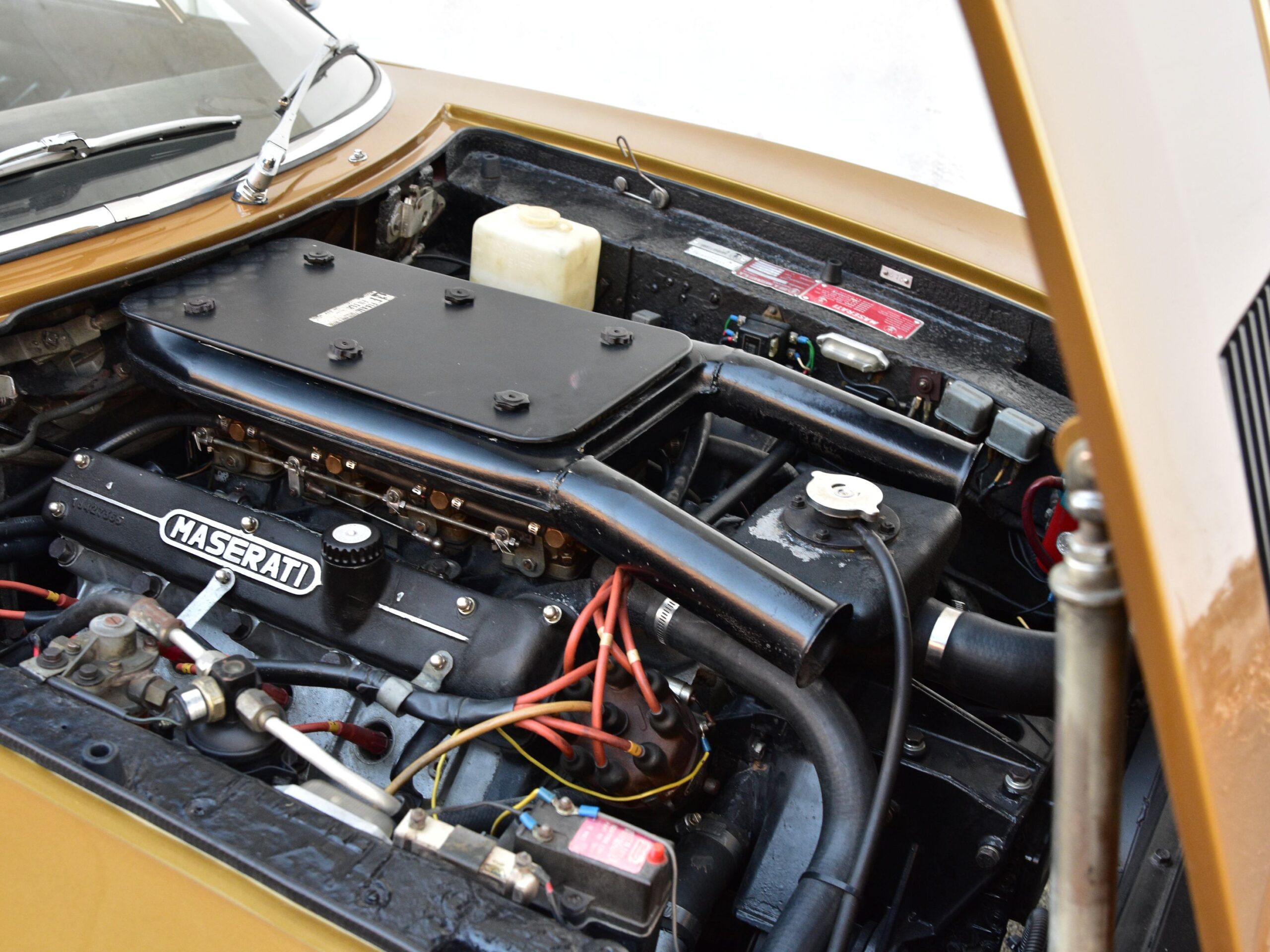
The engine was constructed entirely of aluminium alloy, with four Weber carburettors and two camshafts per bank driven by chains not belts. Most versions had an 8.5:1 compression ratio and when tuned to deal with British Four-Star fuel, the engine delivered 194kW at 5500rpm.
A five-speed manual transmission was available, but early cars released to the UK market used a three-speed Borg Warner automatic and had their top speed reduced from the manual’s claimed 252km/h to a less-inspiring 225km/h.
Front suspension was by coil springs and wishbones but at the rear – quite surprisingly in a European ‘supercar’ – Maserati opted for the proven and robust live axle and leaf springs. The design prioritised durability and reliability over outright handling performance, as befitting the Indy’s positioning as a luxury Grand Tourer.
Disc brakes all round were servo assisted, except on the final run of 4.9-litre cars which switched to a hydraulic pump system supplied by Citroën.
Australia saw its first Indy in late 1969, with dealer guides listing only the five-speed manual version and no retail price quoted. Standard equipment wasn’t specified either, but Maserati’s own records show that cars built for export had a leather trimmed interior, with reclining front seats, power windows, tinted glass with a heated rear window.
Power steering and air-conditioning were initially options but cars delivered new to Australia from 1970 had power-steer as standard and were list priced at $25,970.
At the time of writing in November 2025, Italian car specialist Mark Jansen of Brisbane-based Oldtimer Australia was offering two Indys for sale, ranging in price from $120,000 to $190,000.
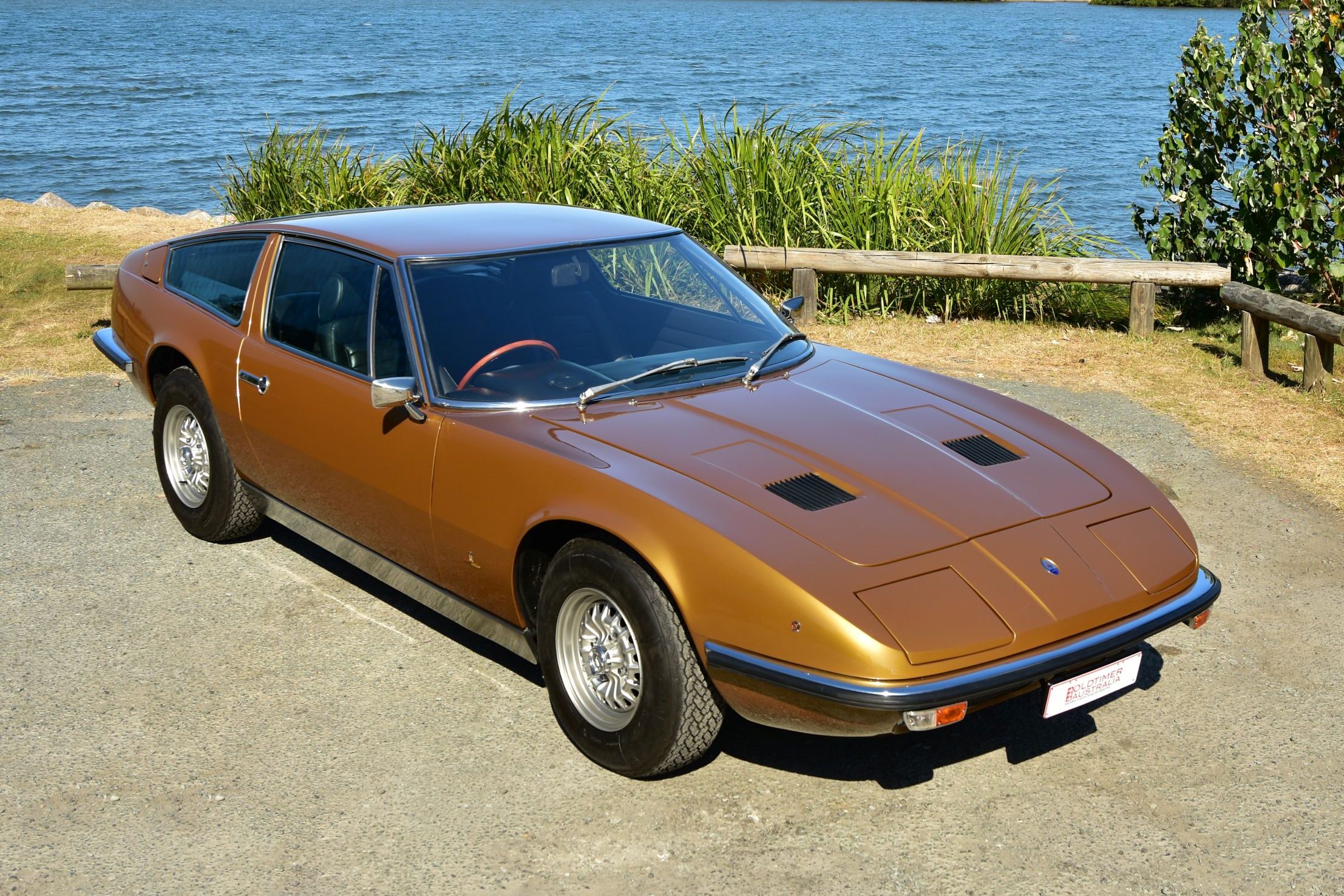
The striking car pictured above is an Australian delivered example, having been sold on behalf of Alec Mildren Motors in Sydney but collected by its owner from the Maserati factory. Of the 13 Australian-spec cars, nine like this one were manual and four were automatics.
This car, now in its original oro metallizzato (metallic gold), had been repainted in red when sold some years ago, also by Oldtimer Australia. During its most recent ownership, the 1971 model underwent significant body and mechanical restoration and now presents in exceptional condition.
Mark Jansen’s other Indy was also a right-hand drive, manual car which had been sold new into the UK and saw extensive use before being restored some time ago, then imported to Australia in 2019.
1972 brought the addition of 4.7-litre V8 versions of the local Indy range. These cars with 216kW of power and 380Nm of torque had been available overseas since 1970 but were only seen briefly on the Australian market.
Automatic or manual transmissions were available, but the 4.7’s extra power was negated by a 65kg weight increase, up from 1585kg to 1650kg. Maserati perhaps didn’t want its bigger-engined model judged on the sluggish performance of an auto version, so media outlets were given access only to manual cars.
With five gears to play with, magazine test drivers confirmed the factory’s 157mph (253km/h) top speed claim, but the 4.7-litre manual cars could only match and not better the 4.2-litre auto’s times for 0-97km/h (7.2 seconds) and 0-400 metres (15.6 seconds).
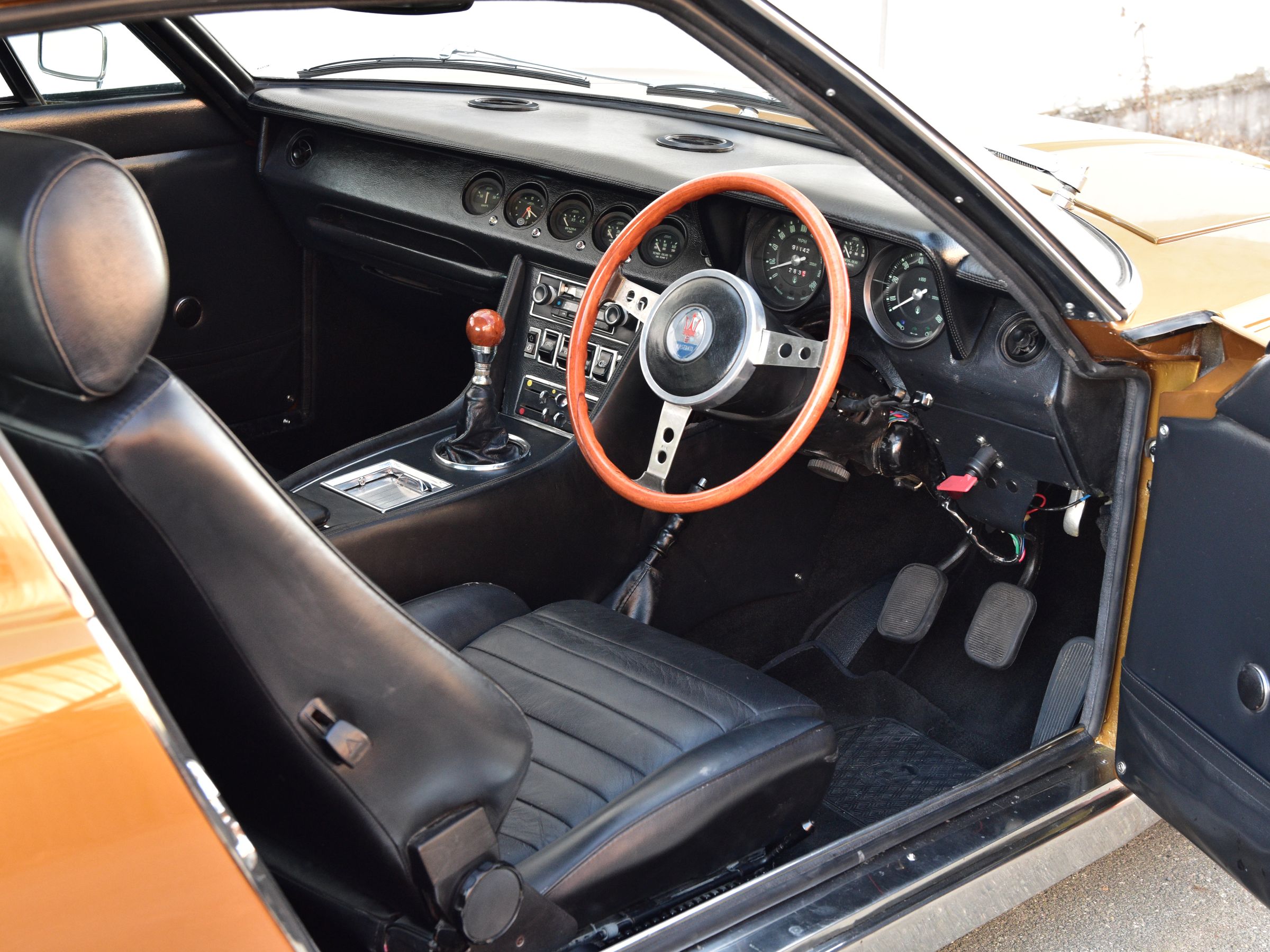
Come 1973 and the Indy V8’s capacity had been expanded to 4.9-litres, with most of these cars sold to North America. Only 300 of the 4.9-litre V8 powered Indy were made, with the final 200 of these adopting then-owner Citroen’s flawed hydraulic-pump brake assist system.
The possibility of rust is an issue with many cars of this age and of particular concern when the vehicle has the complex integrated body/chassis construction of a Maserati Indy. Some more recent imports may also and may also have spent years exposed to Northern Hemisphere weather conditions.
Cars coming to Australia as used imports may have been sourced from the USA and preferably will remain LHD, rather than undergoing RHD conversion.
Engine and chassis maintenance can be costly, so look for a car with receipts for recent work. While test driving an Indy, check that the air-conditioning – where fitted – delivers cold air not just a cool breeze and that the power windows move without noise or shuddering.
Indy survival rates are good, with plenty of LHD cars on the market in Europe and the USA, but RHD versions less common and are often more costly.
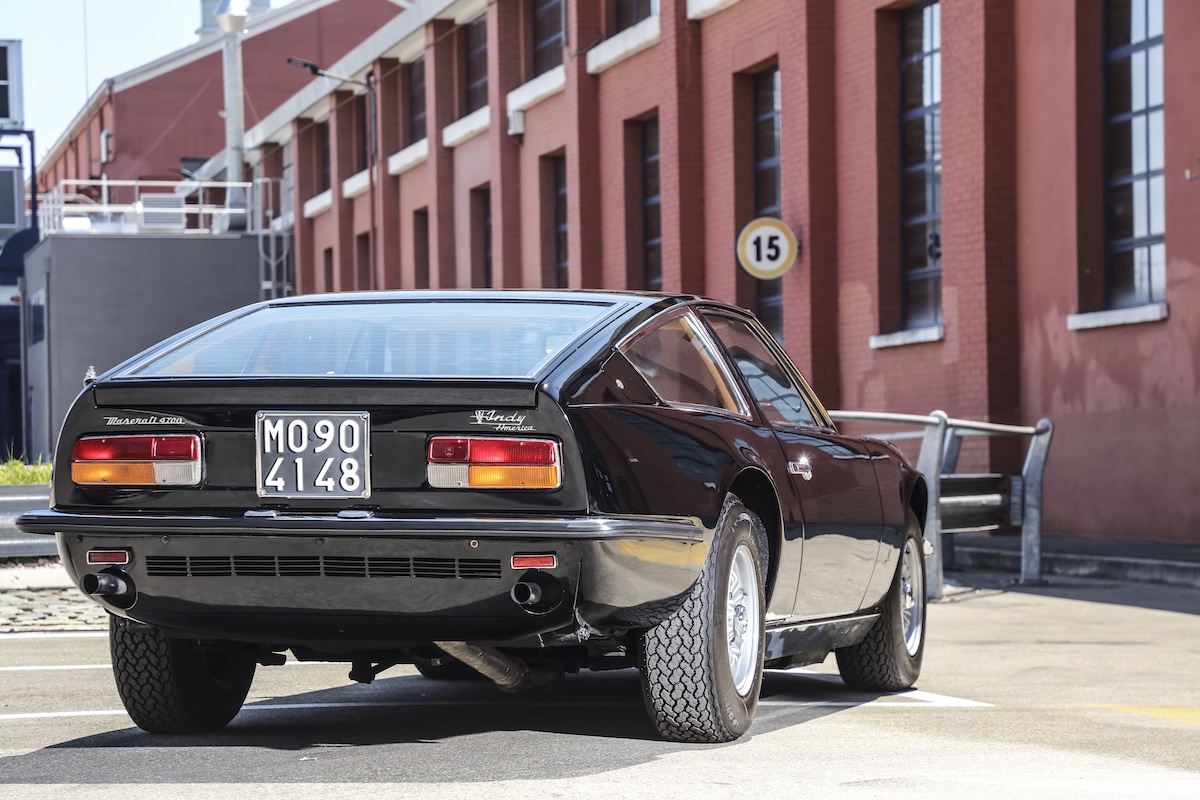
Things to Watch Out For When Buying a Used Maserati Indy 2+2 (1969-74)
- Body rust and older repairs, especially affecting cars delivered outside Australia.
- Body colour and trim changes diminish value.
- Oil leaks from failed alloy engine seals.
- Failing hydraulic engine mounts a source of vibration.
- Clutch wear and transmission whine.
- Electrical problems often due to poor earthing.
Valuation Timeline: Valuation Timeline: Maserati Indy 2+2 (1969-74)
-
1995$58,000
-
2005$45,000-22.41%
-
2010$52,000+15.56%
-
2015$65,000+25%
-
2020$135,000+107.69%
-
2025$175,000+29.63%



